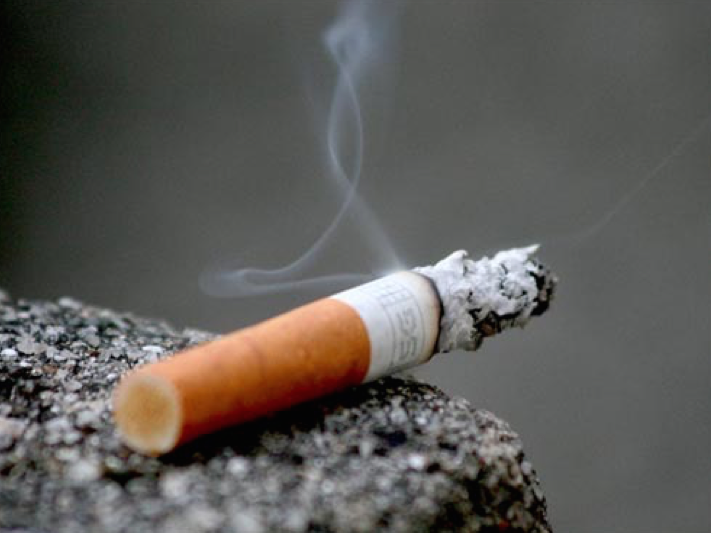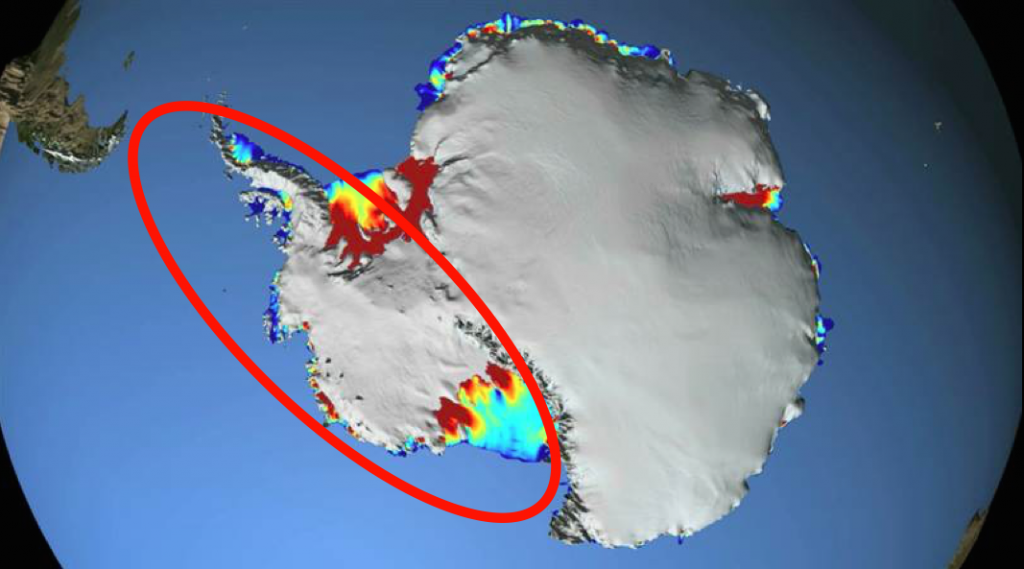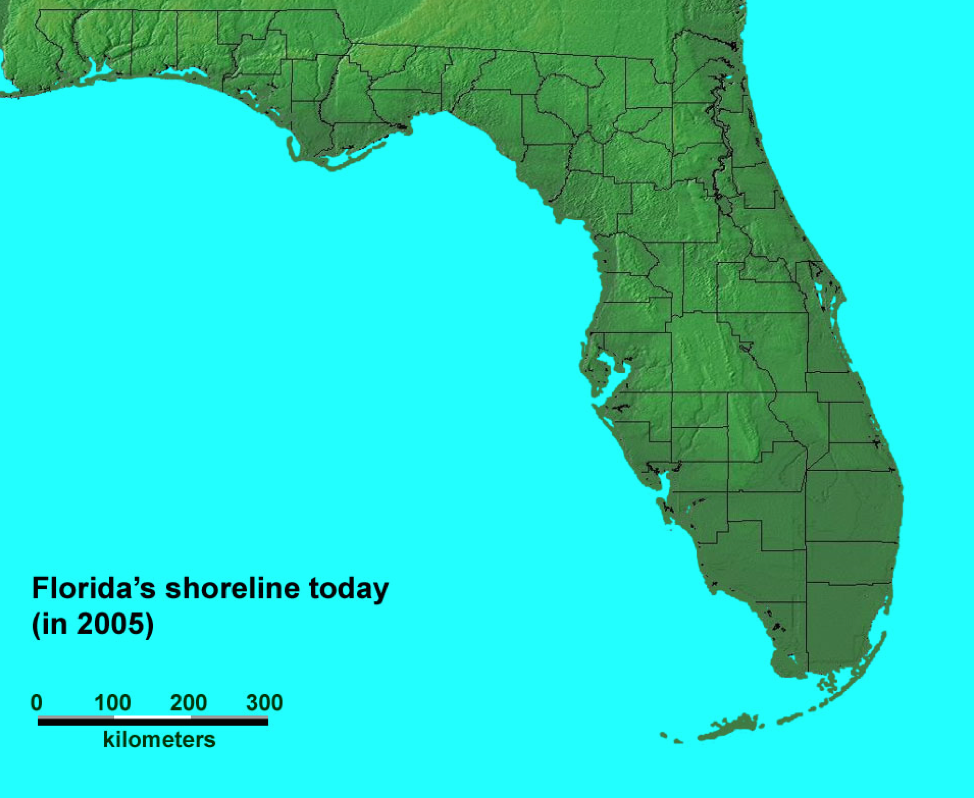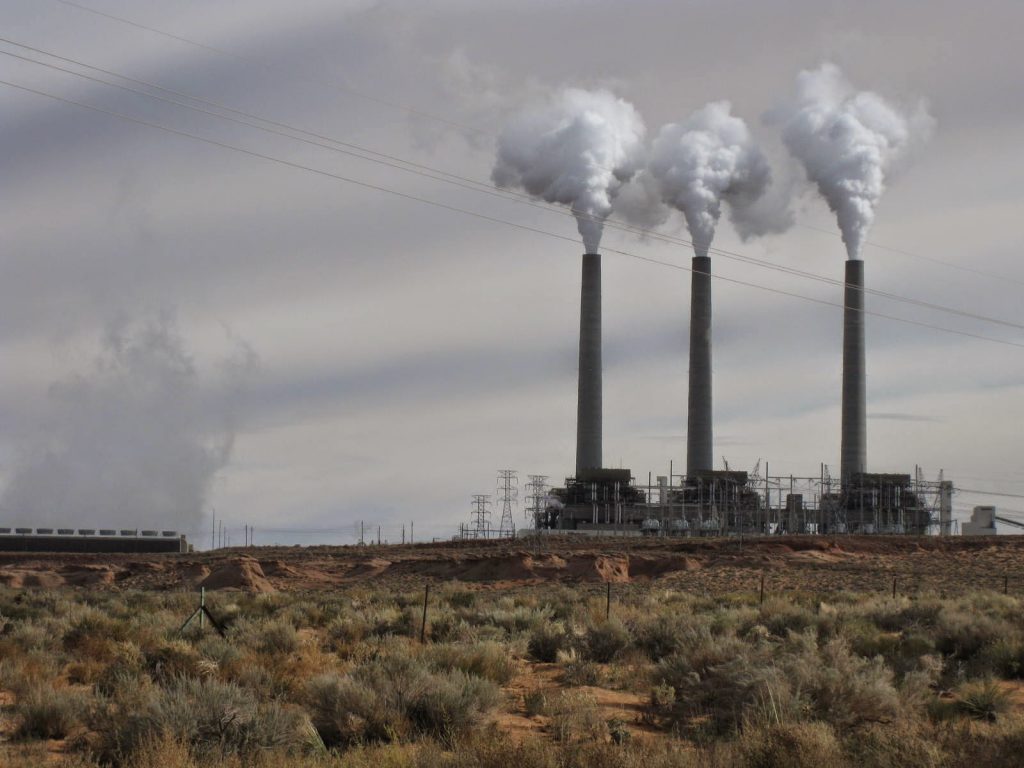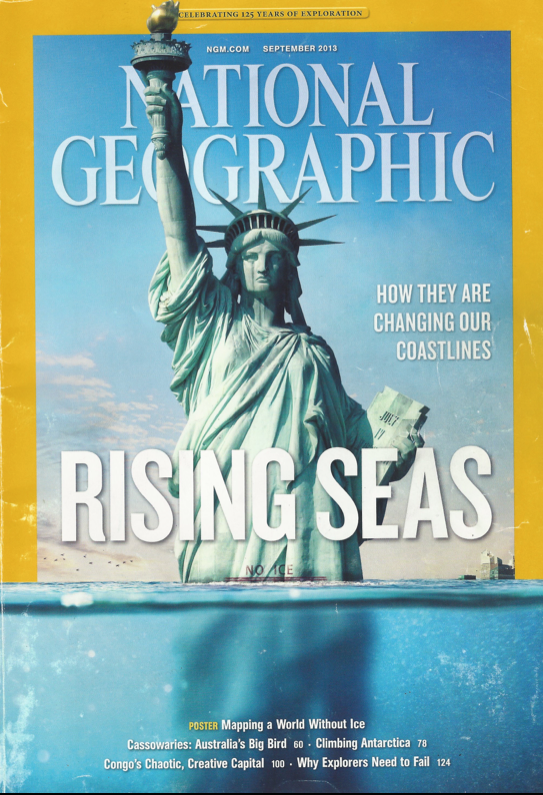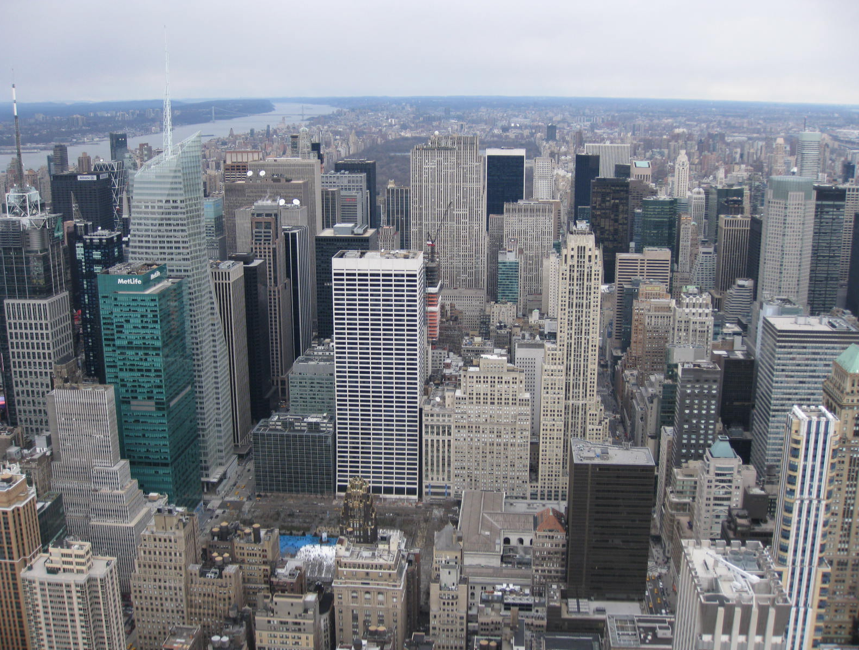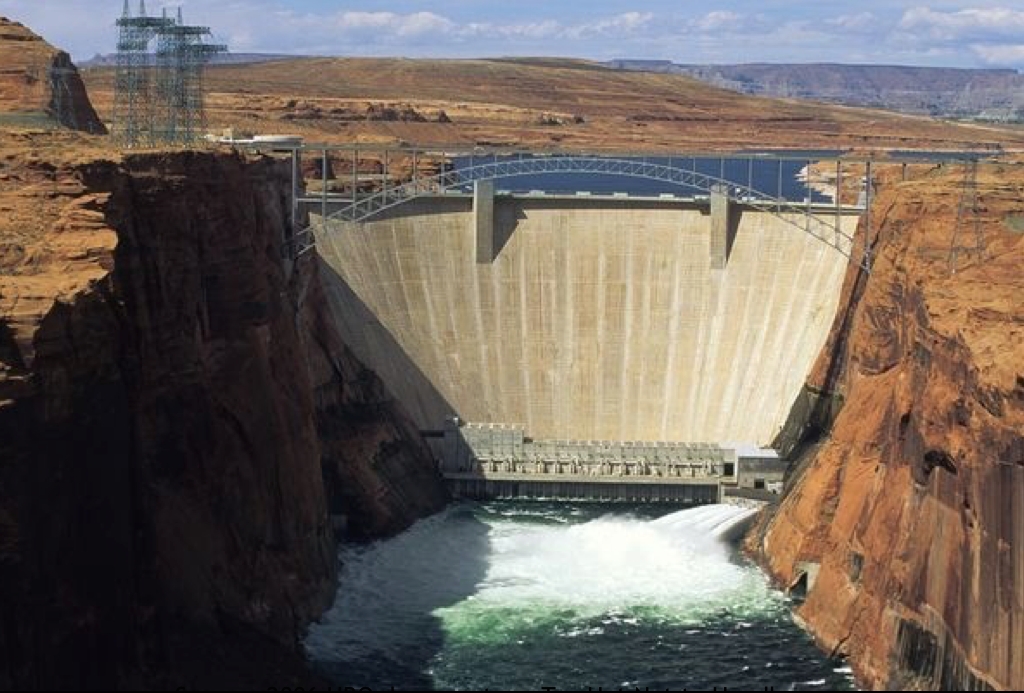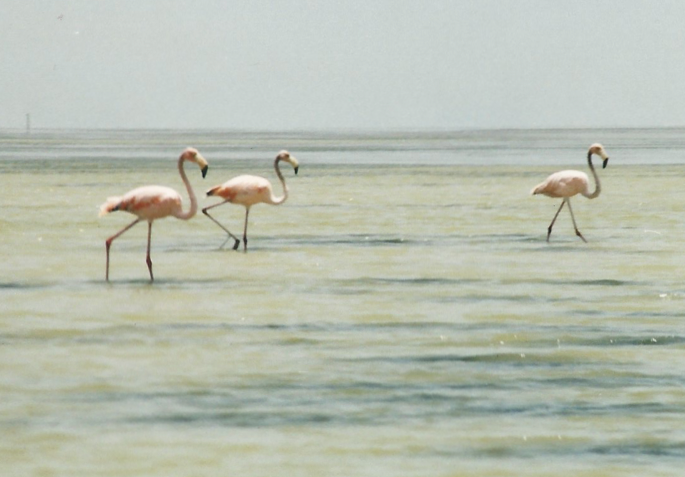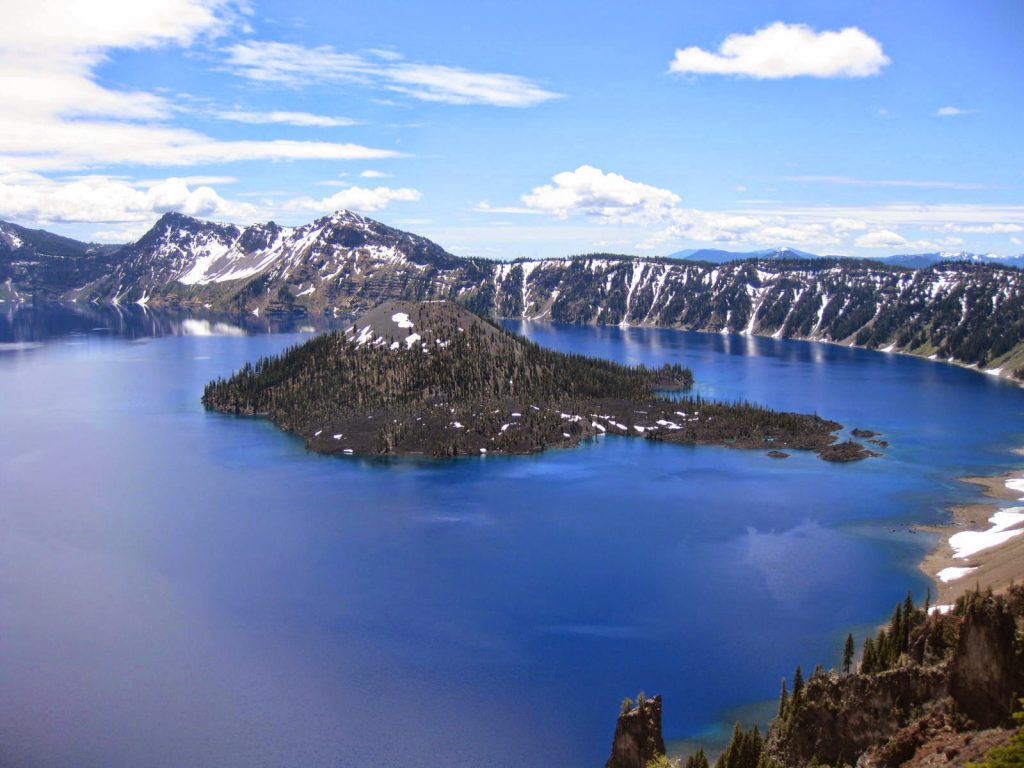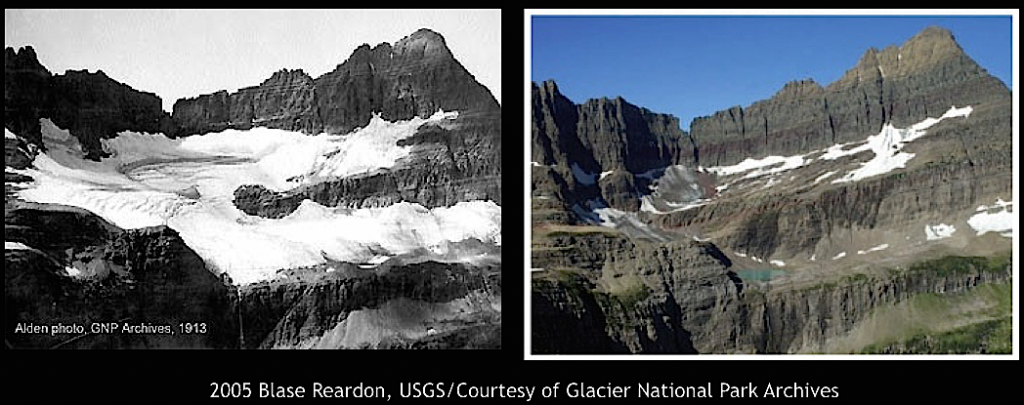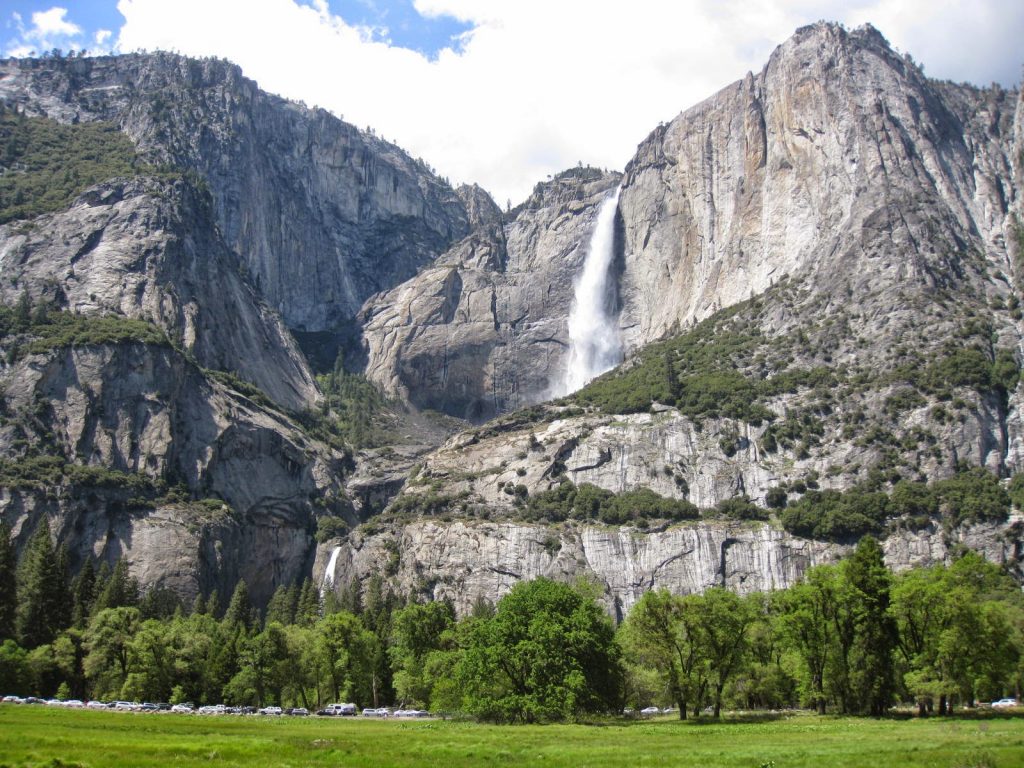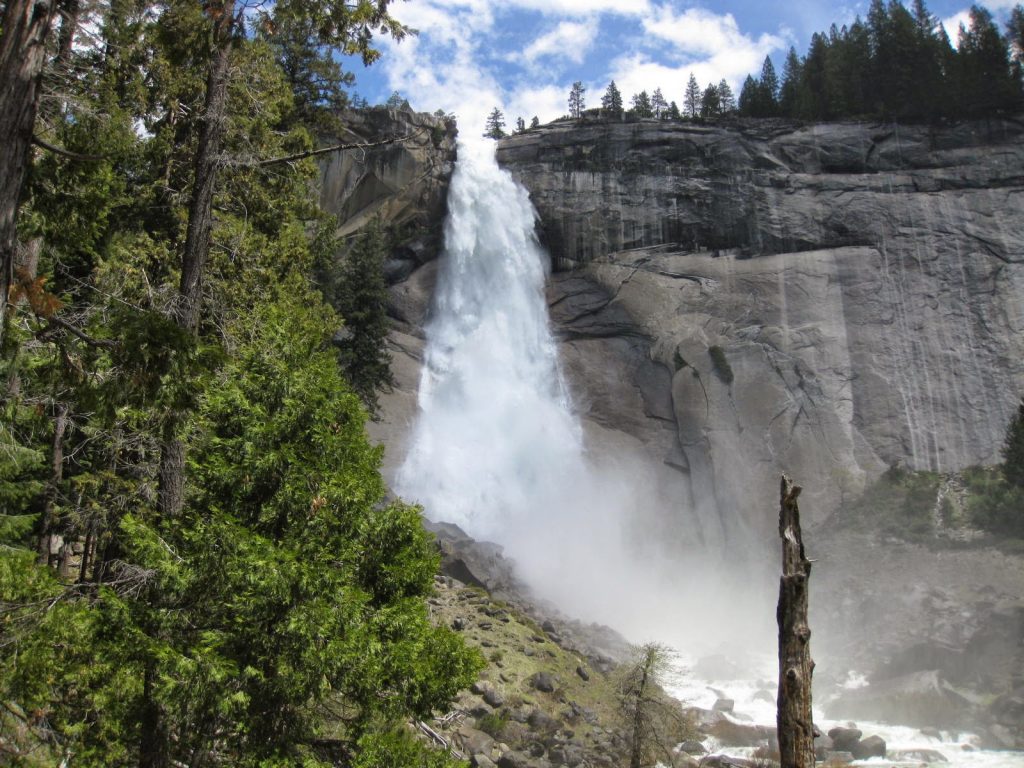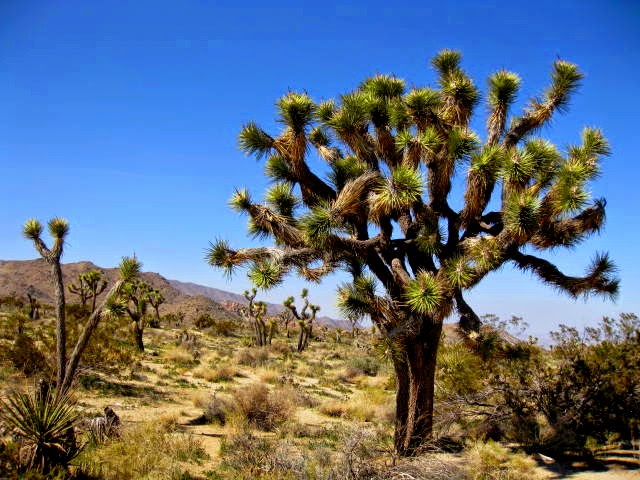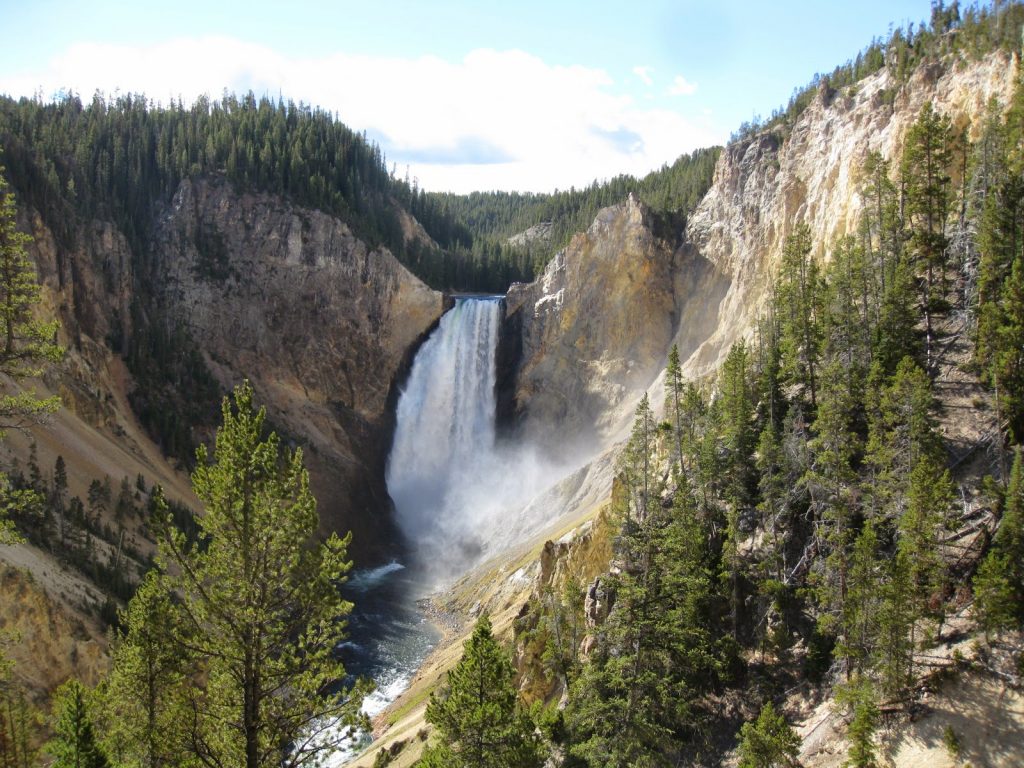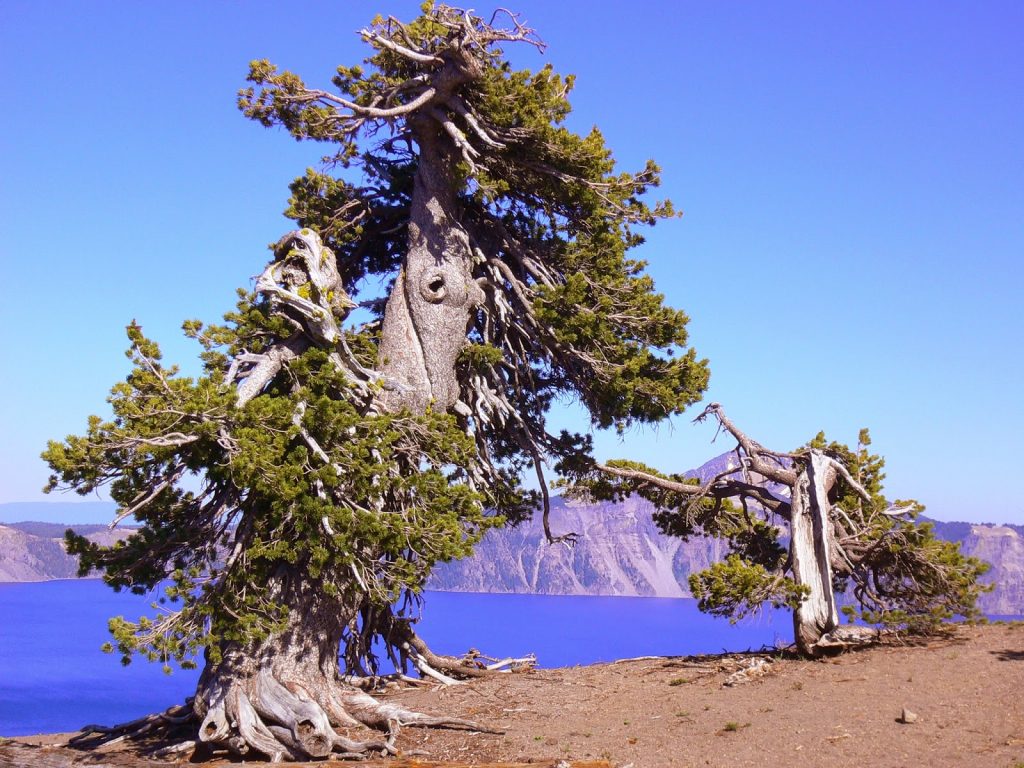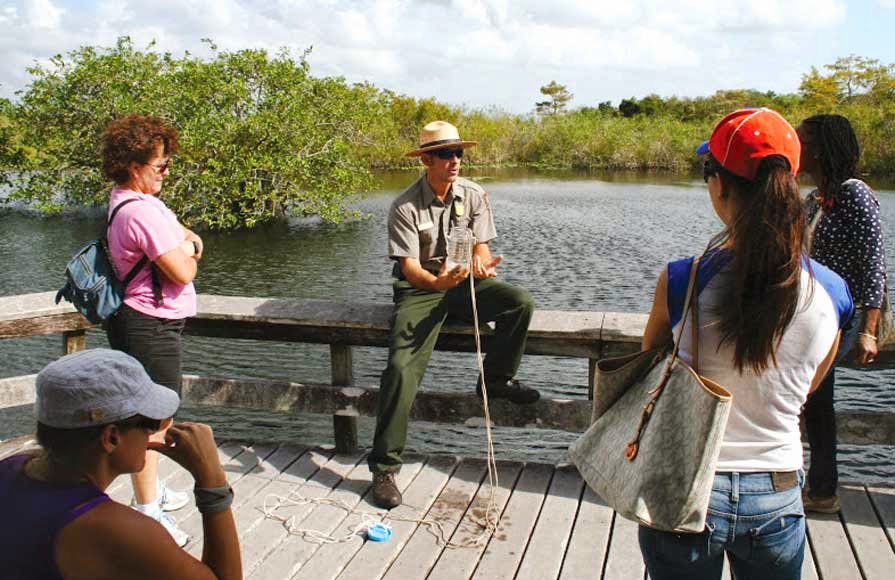Last November, the leader of my local Toastmasters Club, Steve,
started out the meeting with this joke: “New York Times just reported that weapons of mass destruction were found in
Iraq. The next thing they will probably tell us is that global warming is not
real.”
Conservative members in the audience chuckled, but I sat there
perplexed as Steve looked directly at me when he recited his joke. Not finding
the joke funny, I sat there looking bewildered. Then someone in audience shouted
out, “Wasn’t that funny, Brian?’
It is still beyond me how this joke was funny. First, the
weapons of mass destruction that were found during the Iraq War were
manufactured before the 1991 Persian Gulf War. As the
article states, “The discoveries of these chemical weapons did not support the (Bush Administration’s) invasion rationale.”
Even more, I could not bring myself to laugh at this joke
because of the climate change part. I spent the previous two decades seeing and
educating myself on the impact of climate change in our beloved
national parks.
After spending 22 years working in Everglades National Park and Crater Lake
National Park, I personally saw how climate change had a negative impact on our national
parks. Thus, Steve’s comment did not seem like a joke, but more like a kick in
the stomach.
Climate Change and
Humor can go Together
When I use humor to educate folks about climate change, I am always
making fun of myself,
NEVER the
science of climate change. Even more, over the past year, I filmed four short
humorous climate change
videos with my fiancée
Tanya, my
mom, and my
dad to
raise awareness about climate change. The tag line in those videos is all of
them telling me,
“YOU’RE NOT THAT FUNNY!”As a ranger, teacher, Toastmaster,
Climate Reality Project Leader, and professional speaker on climate change, my goal is always to
educate, entertain, and inspire an audience to take action to reduce the impact
of climate change. Since giving talks on climate change since 2010, my
philosophy is that people were more likely to listen my message on the science
and my call to action, if they liked me. How were they going to like me? I know
they will like me more if I find a way to use humor appropriately to connect
with them in the universal language of laughter.
There is an old joke where one speaker asks another:
“Do I have to be funny to be a good speaker?”
The other speaker: “Only if you want to be paid to speak.”
 |
| Brian Malow and Brian Ettling |
Science comedian Brian Malow (pictured on left) is an excellent example of marrying
a deep love of science with very funny comedy in his stand up routines he performs across
the United States. I will write more about him on a future blog.
Yes, there is a time and place for appropriate humor climate
change talks. However, Toastmaster Steve did something I try to never do in a
talk: insult members of the audience, especially those who disagree with me. He
wanted to needle me with his humor. Yes, I love to be teased. Just ask Tanya or
my good friends. However, seeing first hand my beloved national parks ravaged
by climate change, I just could not find the fun in Steve’s joke.
Personally Witnessing
climate change in our national parks
Recently, I blogged Seeing Climate Change in my 22 years as a Park Ranger. I wrote about how I personally discovered sea level rise in Everglades National Park. The sea level rose 8 inches in the 20th century, four times more than it had risen in previous centuries for the past three thousand years.
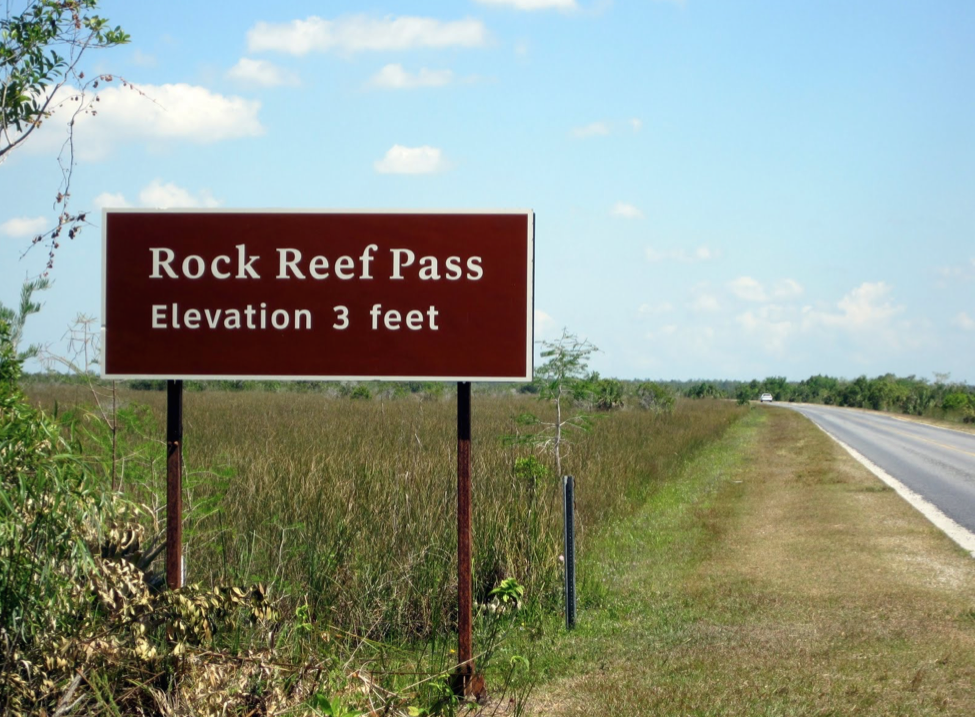 |
Rock Reef Pass. Highest elevation point on Main Park Road
in Everglades National Park |
Because of climate change, sea level is now expected to rise at
least three feet in Everglades National Park by the end of the 21st
century. The sea would swallow up most of the park since it lies less than
three feet above sea level.
Learning that fact alarmed me because I had a fantastic time canoeing along the coastal areas in the Everglades. It was a thrill to go explore to see the endangered American crocodiles and Florida manatees. The dolphins would swim under and around the canoe, Bald Eagles soaring overhead, beautiful shorebirds and herons working along the shoreline for all you can eat seafood dinners. Peregrine Falcons would then come out of nowhere to attack the shorebirds.
Best of all, it was fabulous to canoe around the four foot tall
magnificent wild Flamingos which were feeding and standing around the tidal
flats.
It shocked me most of the Everglades could be lost due to sea
level rise from climate change. Even worse, the crocodiles, shorebirds,
Peregrine Falcons, and beautiful Flamingos could all lose this ideal coastal habitat
that is actually very rare in the overly developed Florida.During my time working at Crater Lake National Park, Oregon, I
learned that the snowpack is diminishing each decade. Pikas and white bark pines are struggling to survive with the warmer temperatures and milder winters.
I could even see changes in the park with my own eyes over the two
decades I worked there. I could see that it was raining more and snowing less
in the months of May, June, September, and October. It was stunning how little
snowpack I had seen when I arrived for the summers of 2013 and 2014. The winter of 2014-15 projects to have even less snowpack when I arrive in May or June.
Meeting a eyewitness
seeing climate change in other national parks
Aware of this knowledge of the impact of climate change on
Crater Lake, I have presented my The Good, The Bad, and the Ugly evening
program at the Crater Lake campground amphitheater since August 2011. This
presentation turned out to be very beneficial for me.
NASA invited me to give a version of this talk at the National Association of Interpreters
Convention in Hampton, Virginia in November 2012. Grand Canyon National Park
invited me to give this talk at their Shrine of the Ages Auditorium in May 2013. Oregon Wild conservation group invited me to speak on climate change
impacting Crater Lake at their annual conference in in Portland, Oregon in May
2014.
Besides Crater Lake and Everglades, Michael’s book made it clear
that all of the national parks are facing serious threats from climate change.
Toastmaster Steve will probably never understand this, but climate change
impacting our national parks is no joke.
The deep connection of
Michael Lanza, his family and the great outdoors.
In early April 2007, on assignment for
Backpacker Magazine,
Michael backcountry skied into the Northern Rockies of Montana’s Glacier
National Park. Exploring Glacier along side him was scientist
Dan Fagre, who
runs a U.S. Geological Survey field station in West Glacier, MT.
Fagre’s computer models predict the 7,000-year-old glaciers at
Glacier National Park will be gone by around the year 2020. Towards the beginning of my Crater Lake evening program, I mention that fact and show the retreat of the Grinnell Glacier in Glacier National Park from 1913 to today. The before and after images of the glaciers
disappearing gets gasps from the audience.
Most of us tend to think of the impacts of climate change coming
in the distant future. However, it struck Michael that the glaciers of Glacier
National Park may disappear while his kids are still teenagers.
As he did more research, Michael wrote to me in a recent e-mail
that he “discovered that many parks—places we’ve diligently set aside to
preserve in their pristine condition—are reeling under ecological calamities
triggered by global warming.”
Michael, along with his wife, Penny, have been taking their son,
Nate, and daughter, Alex, on backpacking adventures since they were babies. During
his Oregon Wild talk, it was amazing to hear the stories how Michael’s kids
love these outdoor trips. The book is a joy to
read how the kids had fun
connecting to nature. When the family would find their camping area for the
night, the kids had an incredible natural playground to and run around and toss
rocks and sticks into a rushing creek or a mountain lake. They had pine forests
to endlessly explore, but it never bored them.
It was even more fascinating to hear how the family bonded in
the great outdoors, in contrast to today’s busy high tech, fast paced entertainment
world. This family would actually spend hours every day just talking and
interacting with each other. Imagine that! I could not. It made me sad and
longing for a similar family experience. I came from a family where the TV was
constantly blaring and full-blown sibling fights growing up over which TV shows
to watch. My parents were frequently zoned out in front of the TV from working
so hard at their jobs. Michael’s family backpacking stories seemed like a
different planet.
According to Michael, during those trips, the kids “get our full
attention. There’s nothing in our regular lives that compares to this
uninterrupted time together.”
During his talk, Michael gained the total respect from audience
members like me. Instead of just raising kids as a squeezed in priority, like
most people, Michael compiled over years a growing to-do list of adventures he wanted
to enjoy with his kids before they were independent adults.
Unfortunately, it seemed that carbon dioxide was messing with
his plans. Michael then decided to write a book about spending a year
taking his family on wilderness adventures in national parks that each has a
unique climate-change story.
Between March 2010 and February 2011, the Lanza Family took 11 national
park trips. I highly recommend reading his
book. Each chapter and page was a
page-turner to see how they were connecting with nature, each other, and seeing
the impact of climate change was an every present shadow on their trips.
Michael Lanza witnessing
climate change in iconic national parks
Grand Canyon National ParkIn Michael’s own words in his e-mail to me:
“We backpacked a 29-mile, four-day route in the Grand Canyon, from Grandview Point to the South Kaibab Trailhead on the South Rim. The canyon’s famously rugged anyway, but the difficulty is compounded because there’s so little water—meaning you have to carry a lot of it. In 4 days, we would pass just 3 sources of water.
Average 21st-century temps in Southwest expected to increase by about
6° F, threatening the few reliable water sources—bad news for flora and fauna
as well as families backpacking: I left our last flowing creek carrying 27 lbs.
of water for my family for 24 hours, on top of all the gear, food, clothing. If
there were only one or two reliable sources on that 29-mile hike, the trip
would become all but impossible for families and most backpackers.”
On May 7, 2013, I gave my Crater Lake climate change talk at the
Shrine of the Ages Auditorium at the South Rim of
Grand Canyon National Park.
The agreement between Pete Peterson, South Rim Village District Interpreter Supervisory
Park Ranger, and myself was that I should include information how climate
change impacts on Grand Canyon National Park.Gulp. I only had one day to learn and cram this information into my talk. My best source that day was
Stephanie Sutton, District Interpreter. She briefed me on the science of
phenology, which is the study how seasonal life cycle events for plants and animals are impacted by variations in climate. Of special concern at Grand Canyon are the gambel oaks.
 |
| Gambel Oak |
According to Stephanie, with the warming climate temperatures, gambel oaks
are now putting out their leaves earlier in the spring. The winter moth caterpillars
then emerge earlier to take advantage of the earlier leaves. Unfortunately the
Pied Flycatcher still arrives around the same time during the spring migration
only to find all the caterpillars gone into their cocoon stage. As a result of
no food, scientists noted up to a 90% population decline of the Pied
Flycatcher.
Yosemite National Park
The Lanza family day hiked to Yosemite Valley’s waterfalls:
first to Upper Yosemite Falls, which drops a sheer 1,430 feet, and then on the
Mist Trail to Vernal and Nevada Falls.
I first hiked from the valley floor to the top of Upper Yosemite
Falls in October 2006.
Yosemite hiking guide said it would take 3 to 4
hours one way. I happened to be in great shape at the time from hiking the 700-foot
elevation gain from the Cleetwood Cove Trail at Crater Lake National Park twice
a week for that summer ranger job. Thus, I shot up to the top of Yosemite Falls
in a little over two hours. The view of the valley and surrounding park was
beyond words.In mid May 2013, I hiked the Mist Trail to Vernal and Nevada Falls for a day trip. Mist on the trail lived up to its name. I will never forget the loud roar and the power of those waterfalls as I hiked around them.
According to Michael:
“Those waterfalls and rivers depend on some of the heaviest
winter snows in the world. But peak runoff will occur earlier in spring as
temps warm—meaning streams and waterfalls declining or drying up earlier, not
good for animals and plants or hikers who come in summertime.
Models predict 30% to 50% less snow in the Sierra by 2050, and a
tipping point by around 2030 with ‘major changes in the snowpack.’”
Glacier Bay National Park and Preserve
During my The Good, The Bad, and the Ugly evening program, I
show before and after pictures of the retreat of glaciers at Kenai Fjords National Park, Alaska. Just like my before and after images of the Grinnell Glacier in
Glacier National Park, the audience gasps when they see these before and after
images taken in Alaska.
According to Michael:
The Lanza family “sea kayaked for five days in Alaska’s Glacier Bay, seeing sea lions, seals, brown bears, sea otters, bald eagles and other birds—and listening to tidewater glaciers, rivers of ice that flow from the mountains into the sea, explosively calve bus-size chunks of ice into the bay.
Glacier Bay has seen the fastest glacial retreat on Earth. 40
years ago, there were 12 tidewater glaciers.
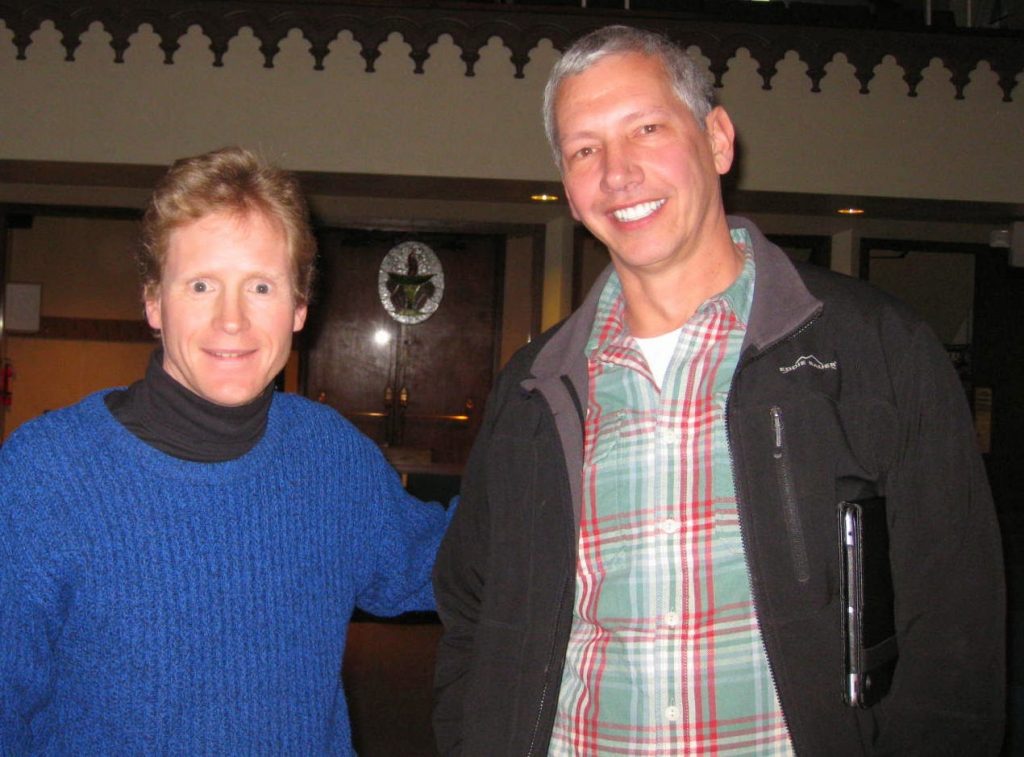 |
| Brian Ettling and Larry Lazar |
Today there are five. 99% of Alaska glaciers are retreating.”
Glacier Bay is where my fellow co-founder of the Climate Reality
St. Louis Meet-up group,
Larry Lazar saw climate change with his own eyes.
Before his trip to Alaska in 2006, Larry was openly doubtful and skeptical of
climate change. This trip changed Larry’s life. It eventually led to us meeting
up and starting the
Climate Reality St. Louis Meet-Up group in October 2011.
Glacier National Park
According to Michael: the Lanza family “backpacked to Gunsight
Pass in Glacier National Park, camping on Gunsight Lake, seeing deer in camp
and a young mountain goat blocking our trail.
Glacier had 150 glaciers in 1850; today there are 27, and the
last of them will melt within a decade. The ice disappearing is a foregone
conclusion. Researchers are focused on what that will mean for the flora and
fauna that rely on streams, which will get warmer and have less water in
summer.”
I have yet to see
Glacier National Park. It has a similar season
for the availability of trails and roads as Crater Lake National Park. Thus, I
am working at Crater Lake during the best time to visit Glacier. My hope is to
visit there before the glaciers are all gone.
Joshua Tree National Park
Michael described
Joshua Tree as “a big granite jungle gym for my kids. We did some scrambling, hiking and rock climbing in this mecca for climbers.
The Joshua tree has an interesting evolutionary story. One mega
fauna, the Shasta ground sloth, ate its fruit and dropped the seeds all over
the Southwest. Unfortunately for the Joshua tree, the Shasta ground sloth went
extinct 13,000 years ago. Today, rodents cannot disperse the seeds far enough
to keep up with climate zones shifting 600 meters north per year.
A March 2011 report predicted the Joshua tree will no longer
survive in 90% of current range within 60-90 years—and will not survive in
Joshua Tree N.P.”
I camped and went for short hikes in Joshua Tree National Park
in March 2009. With its Biblical name and distinct desert trees, it felt like a
very spiritual place to me. It would be a huge loss for me to no longer see
those iconic desert trees around.
Yellowstone National Park
Michael shared, “I’ve been to Yellowstone many times; my
favorite season is winter. We cross-country skied the Upper Geyser Basin,
Mammoth Hot Springs, Tower Fall, and the spectacular rim of the Grand Canyon of
the Yellowstone River.
In Jan. 2011, an NRDC/USFS report predicted that whitebark pine,
which produces a nut critical to grizzly bears and more than 100 species, will
be ‘functionally extinct’ in Yellowstone in 5 to 7 years.”
And a July 2011 report predicted that by 2050, wildfires like
the Yellowstone fires of 1988 will occur almost annually.”
I visited Yellowstone about four times over the past 10 years. Just like all these other national parks, Yellowstone has a special place in my heart. It hurts to know that their whitebark pines could be “functionally extinct” extinct within 5 to 7 years.
I really love the white bark pines at Crater Lake.
They are hanging on to the tops of the mountains at Crater Lake by the edges of
their fragile roots as a warming climate brings ever-bigger invasions of
mountain pine beetles attacking them.
Everglades National ParkIronically, Michael had a similar memories of I do of the Everglades: canoeing among the mangroves and being spellbound by the birds, dolphins and alligators. At the same time, he was troubled by the Everglades fate of sea level rise.
Michael wrote, “Paddling the Everglades was one of our favorite
trips. We kayaked the mangrove tunnels of the East River and canoed 3 days in
the Ten Thousand Islands. We saw great egrets, white ibises, black anhingas,
brown pelicans, great blue herons, a dolphin, and 12-foot-long alligators.
Everglades is arguably America’s most endangered national park.
IPCC 2007 report said oceans may rise by two feet by 2100, but many researchers
now project the ocean rising three to six feet.
Two-thirds of Everglades N.P. is less than three feet above sea
level.
Park
Service 2008 report: if higher estimates of sea-level rise bear out, there’s
potential for ‘catastrophic inundation of South Florida.’
Now the Good News!
There is still hope! While learning and cramming to give my Grand Canyon Evening program, I learned that Grand Canyon National Park is doing what it can to be a Climate Friendly Park. The South Rim Visitor Center has multiple solar panels to provide most of its electricity.
 |
One of many solar panel to power the South Rim Grand Canyon Visitor Center,
pointed out by Park Ranger Pete Peterson |
Next to the visitor center, there is a large
cistern tank to reclaim rainwater for landscaping and restroom toilets. The South Rim Village has a very convenient shuttle bus service and bike rentals so visitors can drive less and not idle in traffic jams.
Recently
constructed maintenance and natural resource offices are LEED certified (Leadership
in Energy and Environmental Design) by the US Green Council. According to Grand
Canyon park signage, “All new buildings in the park meet strong standards for
sustainable materials and energy efficiency. Building features include:
· Passive heating and
cooling
· Low-flow plumbing fixtures.
· Efficient lighting
· Recycled materials.”My friend and Everglades National Park Ranger,
Larry Perez, speaks of positive green actions happening in the
Everglades during his climate change ranger talk.
In his powerpoint, he mentions
park buildings using more energy efficient light bulbs. Park visitor centers,
office buildings, and maintenance facilities using more solar and wind
power. Other steps include: providing a
recycling service for employees and visitors, using shuttle buses to transport
visitors within park boundaries, and converting park staff work vehicles to
electric or hybrid vehicles.
I always emphasize in my evening program that Crater Lake National Park is doing what it can to reduce its carbon footprint. It has purchased hybrid vehicles for employee work transportation. It offers trolley tours on compressed natural gas, which emits 90% less carbon dioxide than a large recreational vehicle traveling through the park, according to the trolley company. For over two decades, the north entrance station received 100% on solar power. Starting two years ago, Mazama camper store has portable solar panels to reduce its electric demands.
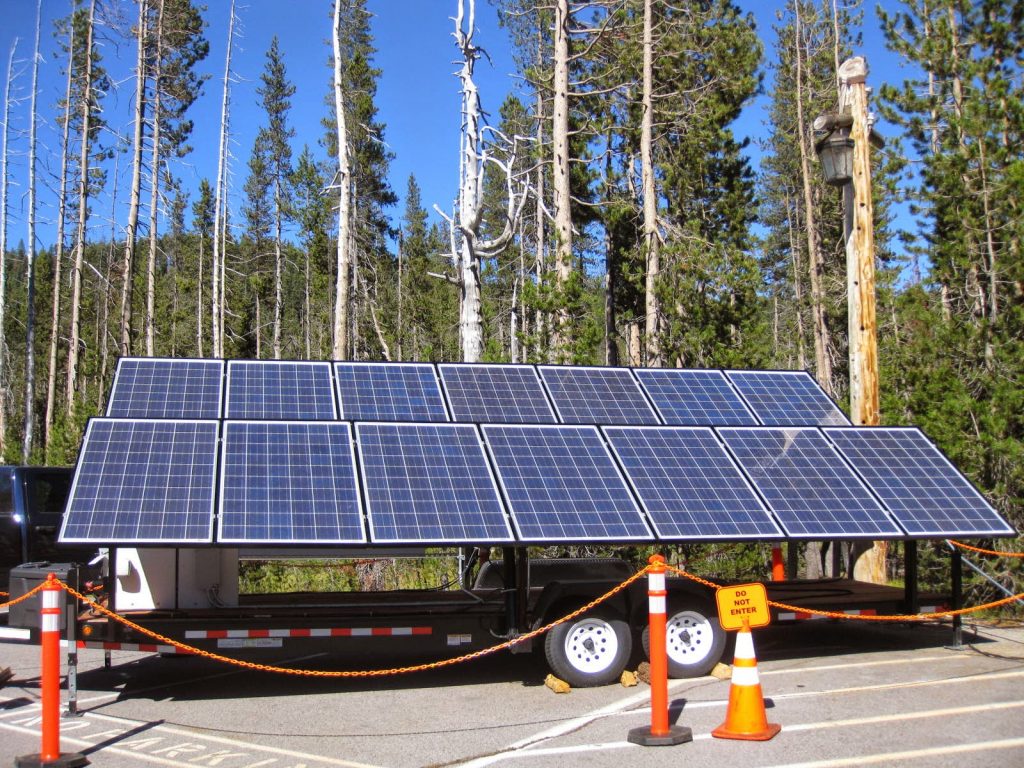 |
Mobile solar panels next to Mazama Camper Store,
Crater Lake National Park |
I
acknowledge those actions is not nearly enough for Crater Lake to seriously
reduce our carbon emissions. Thus, I empower my audience to get involved. At my
conclusion, I ask my audience to stop by our visitor centers and fill out
comment forms. I request that they demand Crater Lake National Park do more to
reduce the impact of climate change.
Final Thoughts
Toastmaster
Steve and I stopped speaking after his climate change joke. I sent a private
e-mail to him to seek an apology and explain why the joke hurt. I tried to
share the pain I feel for the slow destructive onslaught happening in our
national parks from climate change. Steve did not want to listen.
Realistically, Steve will never understand. I am at peace with this.
Perhaps,
if you made it the end of reading this very long blog, you can understand.
Many scientists and experts say it is still not too late to avoid the worst and nastiest
consequences of climate change. Unfortunately, scientists think window of opportunity is
closing fast.
As
Pope Francis
remarked about climate change,
“If
we destroy creation, creation will destroy us.”
Hopefully, you will contact
your member of Congress, reduce your carbon footprint at home and with your
car, and join effective groups like Citizens’ Climate Lobby, 350.org, BeyondCoal, The Climate Reality Project, etc. Your actions can make a difference
because climate change impacting our national parks is no joke.


